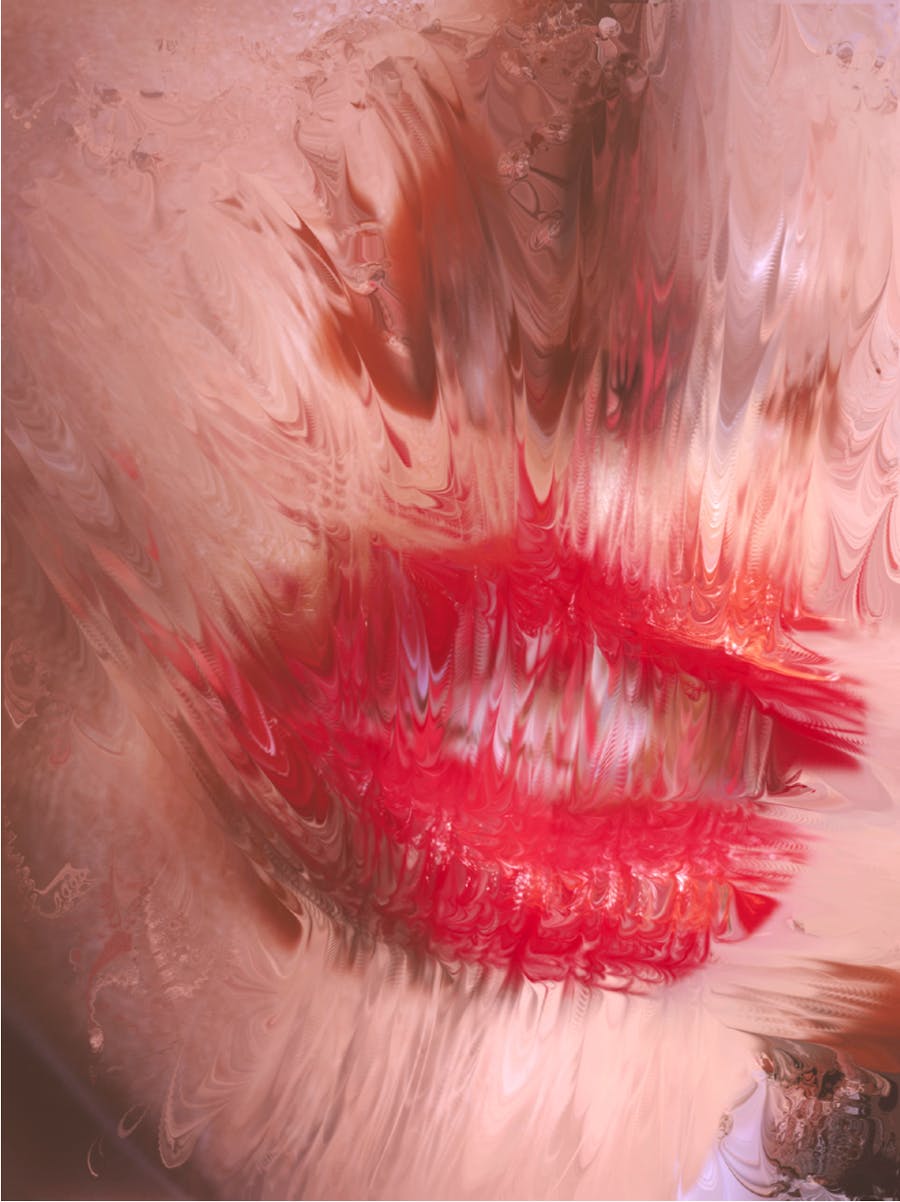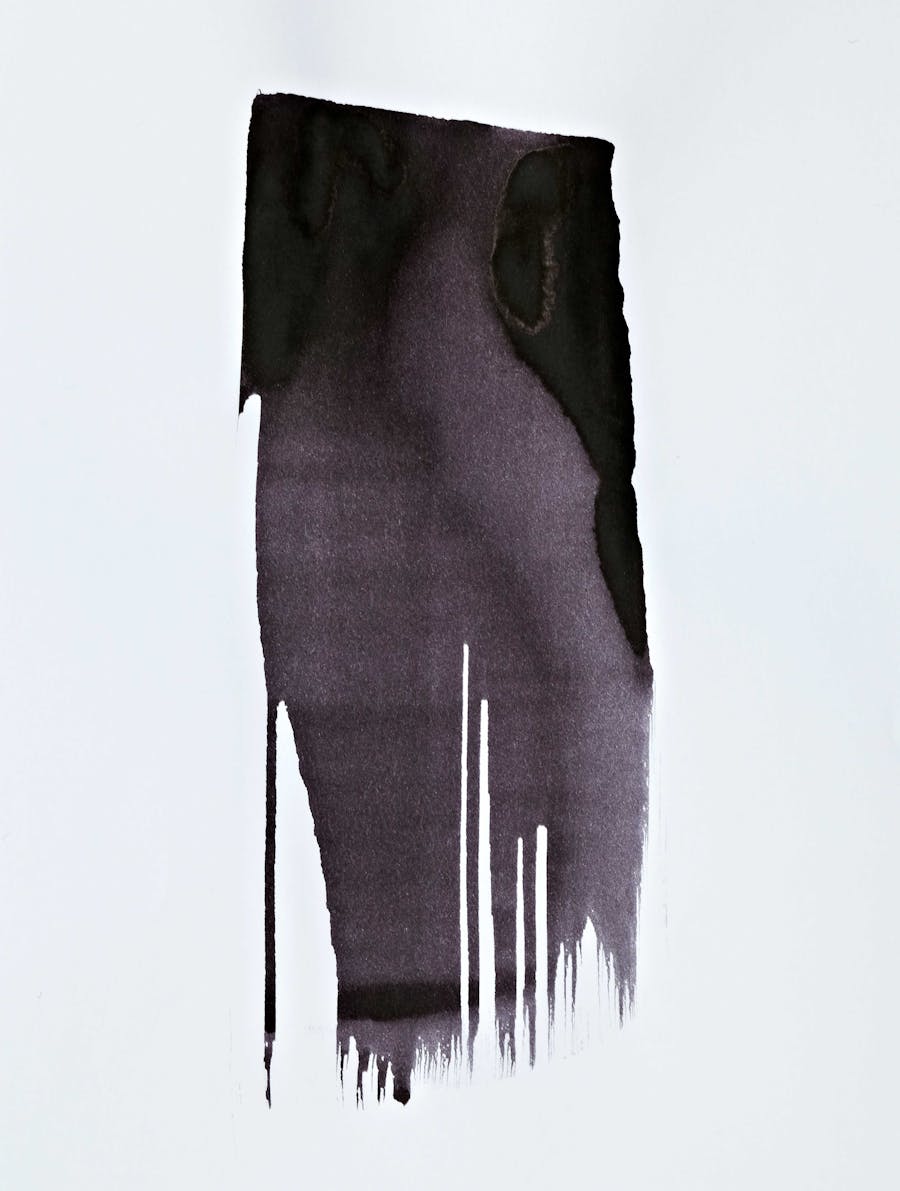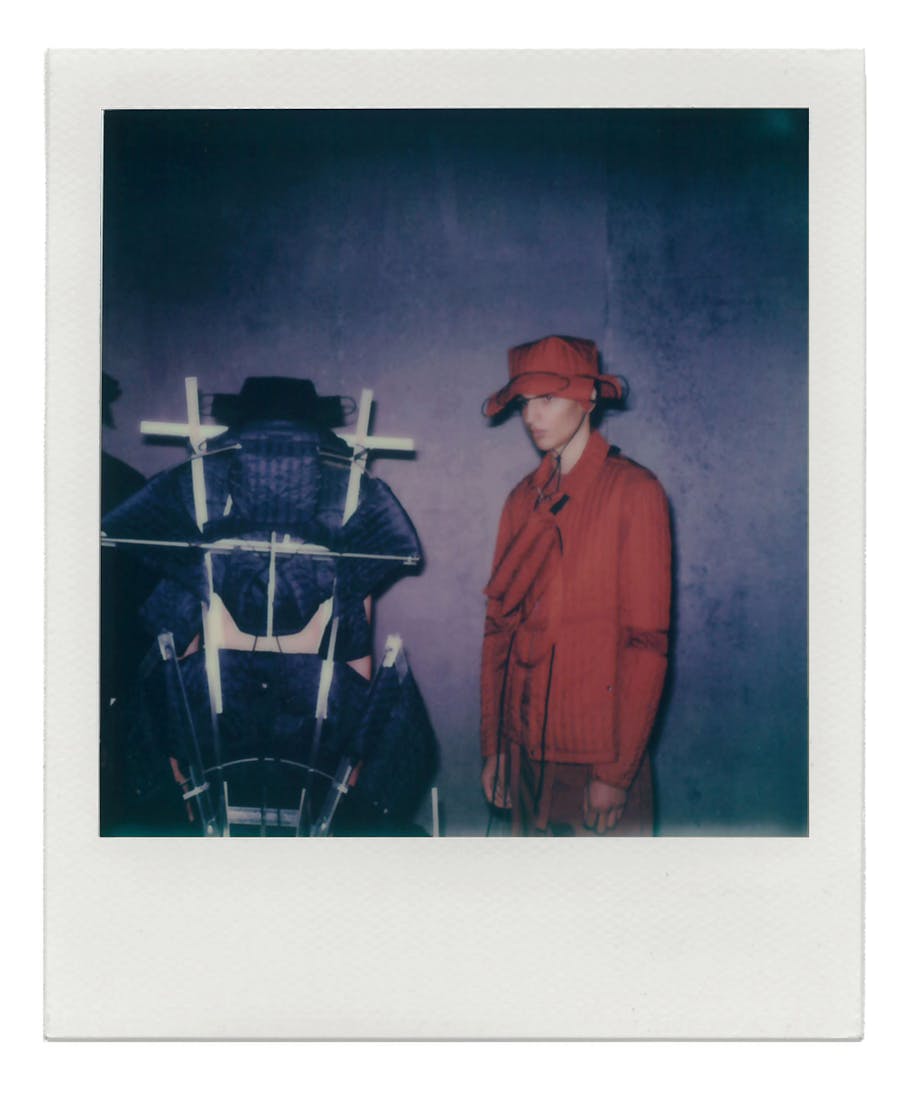A few years ago, Madonna caused an outrage amongst conservative Jews with her ‘Die Another Day’ video. In it, she was caught in a sweaty chase that involved ripping herself out of an electrical hair, fighting soldiers with her bare hands, and furiously wrapping straps of black leather around her left arm. Why an affront? The Kabala-inclined singer well knew she was aping an ancient Jewish tradition, the Tefillin ritual : this consists of intricately wrapping leather boxes filled with holy parchment to one’s forehead, and to one’s left arm pointing to the heart – suggesting a symbiosis between mind, heart and body.
A goyim(sin), tattooed (double sin) with gibberish Hebrew letters, and a woman too (horror!) turned the spiritual practice into a bondage fantasy for her teenage audience – and it’s highly doubtful that Ma- donna grasped the depth of the use of leather and its potency to both submit and unify the wearer with God.
For those of who have never witnessed Tefillin-wearing first hand –Parisians amongst you might have caught a glimpse of Lubavitchs on Rue des Rosiers, offering anyone a try the daily rite is perhaps one of the most graphic ones of the religion.
Jewish faith is a highly performative one: one is required, on various holidays to beat one’s chest, eat an egg sitting on the floor, etc. As for our leathery habit, it is a daily task for men past the age of thirteen. The boxes’ straps are attached on the hand to create the letter ‘shin’, or God, and wrapped seven times around the arm, whilst reading a prayer book. This creates a carnal bind to religion – “something frequent in writ- ten cultures; some shamanic faiths swallow entire texts. But in this case, the Tefillin are a way of temporarily marking one’s body, in a religion that otherwise forbids any tattoos” said the anthropologist Carol Mann.
As for the use of leather itself, it was a practical choice, a material human beings have mastered for millenniums. Velin paper, or thinned calfskin, was used throughout Antiquity, for Arabic calligraphy and later in the Middle Ages. In the case of Judaism, a religion currently celebrating its 5772 anni- versary, this was simply the most common and resistant medium available – and to this day remains what every Torah, or holy book, is made of. Arguably, this could also be a sign of domination of man onto animal, as well as a form of eternity through its service to God.
But the Tefillins (which boxes are filled with Velin-written texts) are a different case. Although one can’t touch the Torah – it is wrapped in luxurious fabrics, and when unrolled, requires a silver stylus to read it—, this triggers a relation both violent and intimate, in which the wearer and the worn sym- biotically transcend themselves.
The issue of pain not terrible pain, no, but the feeling of constraint— is part of the practice: skin on skin, one leaving a mark on the other.
“The straps, or ‘retsuot’, cut into your arm, it’s always somewhat painful, as the same arm is also used to hold a prayer book. Yet it would be unthinkable to make it any loser” said Davy Braun, an ex-Torah student who wore Tefillin for years.
“Beyond the tightness, another dominating sensation is of the leather itself: the body of the strap is soft, but its edges are sharp, almost cutting. During the prayer, you often push it around to make it less painful, and after you remove it, it leaves a mark on your arm for a while.”
Why pain ? The leather is used as a form of self-restriction: although it is your own hands that wrap it onto your arms, the gesture is used to surpass immediate comfort, and remind yourself –like much of Jewish faith, including the Yarmulke, or small cap worn on the head – that God is always above you.
Causing an ache you are in full control of is also a way of reminding yourself of the strenuous aspect of faith; in fact, it is precisely what differentiates men and animal : self- awareness beyond immediate survival.
The Tefillin practice, uncomfortable also by its highly repetitive aspect, marks one’s submission to God, but also makes one closer to him (her?).
As for Davy, it turned out that the lea- ther straps rooted him further into reality. “The time I spent “praying”, a regular, me- chanical ritual, engraved like an automaton, gave me the first opportunity to meditate on the sense of my acts and those around me” he said, “hours accumulated, morning after morning, looking for the divine (which I certainly didn’t find in religious practice)... without the Tefillin to link the sensitive to the mental and keep my feet on the ground, I couldn’t have opened up to a true spiritual quest, free of dogma, and aiming for a per- sonal research...the practice of Tefillin made me the man I became today.”
As for myself, I did my Bat-Mitsvah in France’s first synagogue to ever allow the Tefillin practice to girls, under the direction of the country’s first woman Rabbi, Pauline Bebe. But faith had it that the day I was off to buy the leather boxes, I behaved so badly, and threw such an embarrassing tantrum in the Marais (something about wanting a fala- fel), that my mother decided I wasn’t ready for the holy ritual – indeed, the chickpeas sounded far more appealing that the “strappy thingies”. To quote Mr. Braun, this episode too made the woman I am today.



